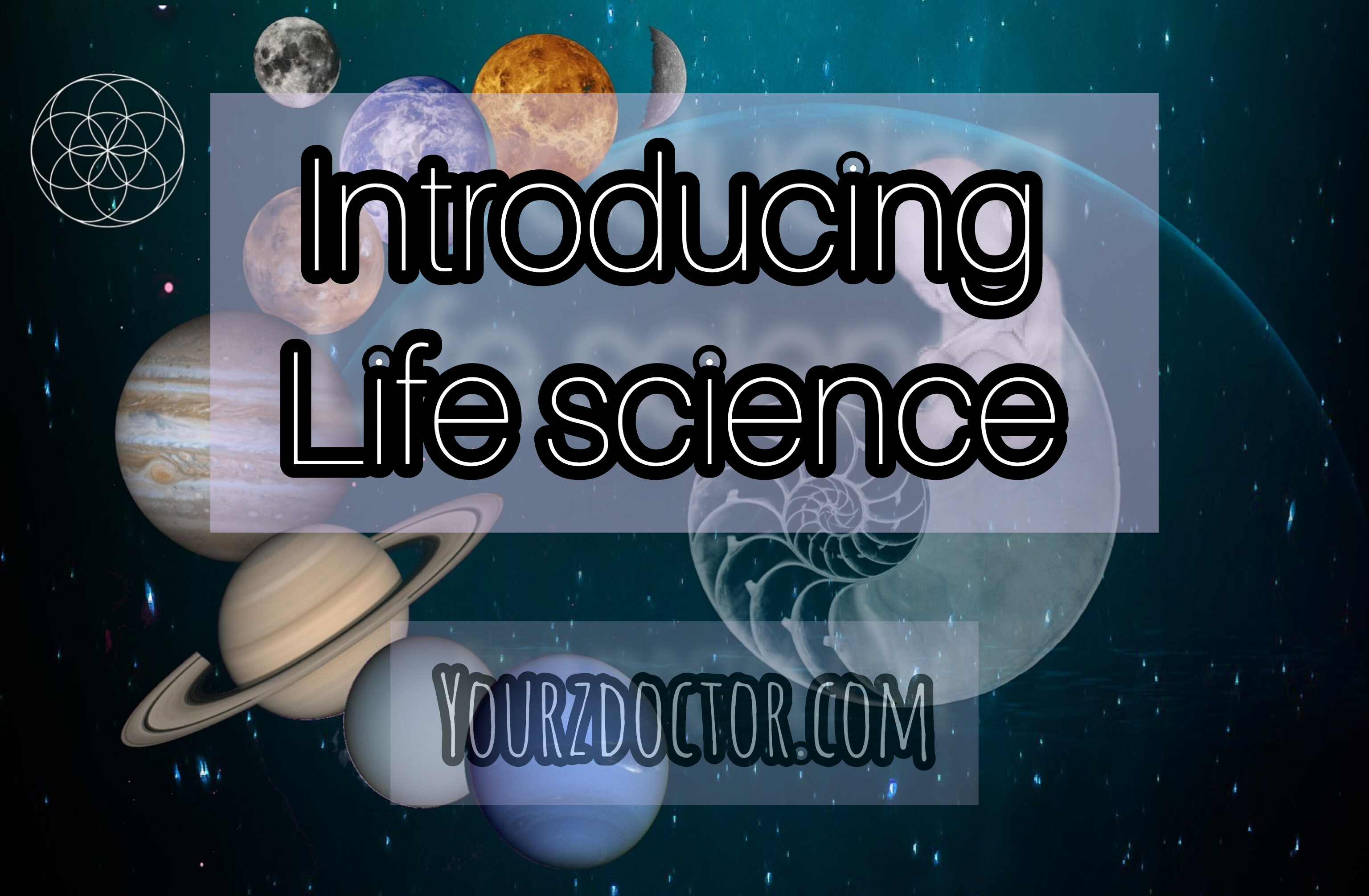What is science?
Science:
Science is derived e from the Latin
word scientia which means knowledge or learning.
Today we describe science as the learnibg
of the world throughout us. science is an organized knowledge and technology is
a practical knowledge.
What is biology?
Biology:
It is derived from two Greek words bios
meaning life and logos that means study. So, biology is the study of
living things.
It is further divided into botany
which is the study of plants zoology that is the study of animals.
Major fields of Specialization in biology
Molecular biology:
It is the study of cell at the
molecular level.
Microbiology:
It is the study of microorganisms.
Environmental biology:
Environmental biology Also known as ecology,
it is the study of relationship between Organism and their environment.
Marine biology:
The study of organisms present in
oceans is known as marine biology.
Fresh water biology:
It is the biological study of
organisms present in streams, rivers, lakes and ponds etc. Fresh water biology
is also known as liminology.
Parasitology:
Parasitology is the study of parasites
is known as parasitology.
Human biology:
The biological study of human beings
is known as human biology.
Sociobiology or social biology:
It is the study of social behaviour
and communal life of human beings.
Biotechnology:
Biotechnology is the study of use of
different techniques to use the living organisms for the benefit of mankind.
What is matter?
Matter:
Anything that has mass and occupied
space is known as matter. Matter can exist in the solid, liquid, gaseous and
plasma form.
What is element?
Element:
All matters are composed of the basic
substances known as elements. Out of the 92 naturally occurring chemical
elements only 16 are commonly used in forming the chemical compounds from which
living organisms are made.
What is bioelements?
These 16 elements and a few other
which occur in a particular Organism are called bioelements.
In the human body, only six bio
elements account for 99% of the total mass. The six elements commonly found in
all living things are carbon, hydrogen, nitrogen, oxygen, phosphorus and
calcium with oxygen being the most abundant.
What is macromolecules?
Macromolecules:
Small organic molecules join together
to form large molecules called macromolecules. The four groups of biologically
important macromolecules are carbohydrates, proteins, lipids and nucleic acids.
What is organism?
Organism:
All organisms are composed of cells;
Cells contain organelles and organelles are made of organic molecules. A
group of cells performing similar functions forms are tissue. Tissues of
various kinds are often grouped together to form an organ. Our heart,
eyes and skin are all organs.
In plants, examples of organs include
leaves, roots etc. Organs working together often combine to form a system. Many
organs, like Esophagus, stomach, small and large intestine etc joined to form
digestive system and same is the case with every other system of the living
body. Systems work together to make up an entire organism.
What is population?
Population:
It is a group of individuals belonging
to the same species that interbreed and live together at a given time. For
example, all the grass in a lawn from grass population. Similarly all the fish
in a pond make up the fish population.
What is phyletic lineages?
Phyletic lineages:
A phyletic lineage is an unimpaired sequence
of species set out in an ancestor to descendent sequence with each letter species
own develop from the one that immediately lead up to it.
Jawless fish gave rise to higher Bony
fishes. The amphibians evolved from these fishes. Reptiles evolved from
amphibians and these reptiles gave rise to birds and mammals.
What is biodiversity?
The number and variety of species in a
place is called biodiversity.
The total number of species is between
5 and 30 millions out of which only 2.5 million species have been identified so
far.
What is community?
Community:
Different kinds of populations living
together in the same habitat make up a community. Populations of plants,
insects, frogs, turtles and fish in our pond form a community.
What is biome?
Biome:
A Biome is a large regional community
primarily determined by climate. Biomes are mostly named after the type of
major plants.
Learn more
Introducing life science
What is the introduction of life
science
What is life science
What is science?
What is biology?
Science word is derived from which
word?
Major fields of Specialization in
biology
What is molecular biology?
What is microbiology?
What is environmental biology?
What is marine biology?
What is fresh water biology?
What is parasitology?
What is human biology?
What is sociobiology?
What is social biology?
What is liminology?
What is biotechnology?
What is matter?
What is element?
What is bioelements?
What is macromolecules?
What is organism?
What is population?
What is diversity?
What is phyletic lineages?
What is community?
What is biome?






0 Comments